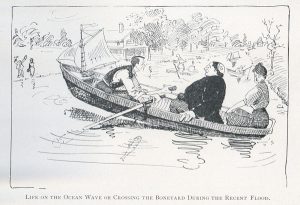Written by Breana McCracken
The Cosmopolitan Club was founded in 1907, making it the oldest international student organization on the University of Illinois campus. The purpose of the club was to cultivate social and 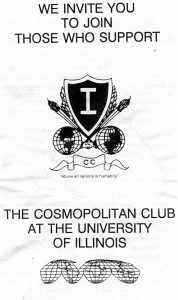 intellectual relationships between persons of different nationalities though a variety of activities and services. These activities included ethnic dinners, international coffee hours, parties, and various outings to cultural and social events and local attractions. The Cosmopolitan Club, or “Cosmo” Club for short, wished to offer opportunities for Americans and those from other countries to share experiences and exchange ideas. In addition to the programs, the Cosmo Club house on John Street served as a “home away from home” for several members and as a meeting place close to campus.
intellectual relationships between persons of different nationalities though a variety of activities and services. These activities included ethnic dinners, international coffee hours, parties, and various outings to cultural and social events and local attractions. The Cosmopolitan Club, or “Cosmo” Club for short, wished to offer opportunities for Americans and those from other countries to share experiences and exchange ideas. In addition to the programs, the Cosmo Club house on John Street served as a “home away from home” for several members and as a meeting place close to campus.
Recently, the Student Life and Culture (SLC) Archives acquired more materials related to the Cosmopolitan Club. These items included brochures, international dinner menus, club calendars, newsletters, and various items related to social activities and administrative proceedings of the club. All of the newest material was donated by Susan Taylor, faculty advisor of the Cosmopolitan Club and Assistant Professor of English as an International Language from 1964 to 1999.
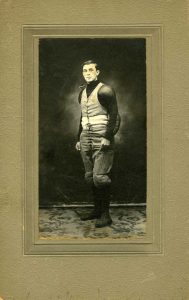
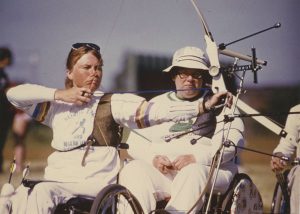
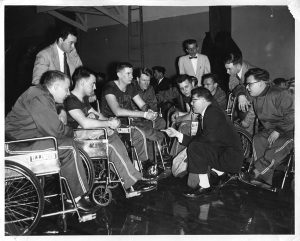
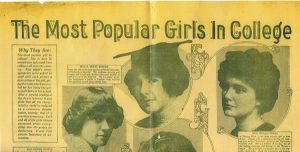
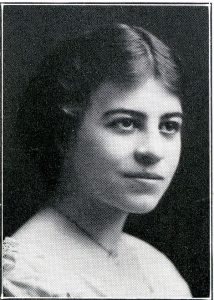
![Postcard from RS 41/20/73.<br /> The note on the reverse reads: "Where all freshman [<em>sic</em>] are in danger of being dumped."](/slc/wp-content/uploads/sites/73/2015/07/socials081-300x188.jpg)
